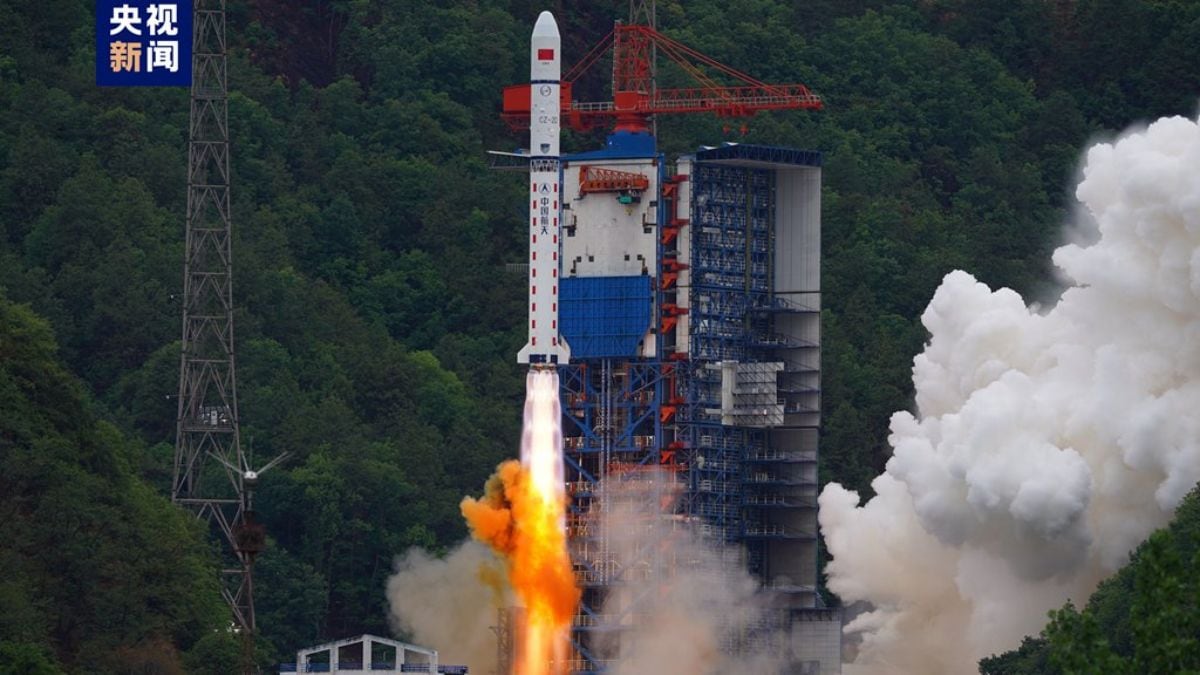Our galaxy, the Milky Way, houses the Solar System and its varied mysteries. But there are hundreds of galaxies like ours in the cosmos and all of them are hiding multiple enigmas. They arouse acute interest among scientists, who are drawn towards them because of these puzzles. One of the most interesting puzzles is how galaxies evolve. The galaxies follow a particular pattern with other systems. At present, one of our nearby neighbours, the Sagittarius dwarf galaxy, is being tidally disrupted. Two others, the Large and Small Magellanic Clouds, are falling towards us.
However, these dwarfs are unlikely to merge with, say, Andromeda, our nearest large neighbouring galaxy, for another five billion years. Andromeda is about 10 times farther away from these dwarfs.
Scientists from the Harvard-Smithsonian Centre for Astrophysics (CfA) have detailed these and the last major merger of the Milky Way in a recent paper published in The Astrophysical Journal. They used data from the Gaia spacecraft, which was launched in 2013, and combined it with a new survey of the outer Milky Way to piece together the history of our galaxy’s stars and its last merger.
They found that a single dwarf galaxy merged with the Milky Way about 8-10 billion years ago. They named the remains of the dwarf Gaia-Sausage-Enceladus (GSE). But the scientists were uncertain whether GSE collided with our galaxy head-on or whether it orbited the galaxy before gradually merging. Their research showed GSE contained about half a billion stars and it did not orbit the Milky Way. The GSE approached our galaxy moving in a retrograde direction (opposite to the Galaxy’s rotational motion). The scientists also think that some of the Milky Way’s stars, which are about 13 billion years old, may have been captured by it after its formation.
The researchers say their study accounts for almost the entire growth of the Milky Way over the past 10 billion years.
Catch the latest from the Consumer Electronics Show on Gadgets 360, at our CES 2022 hub.





